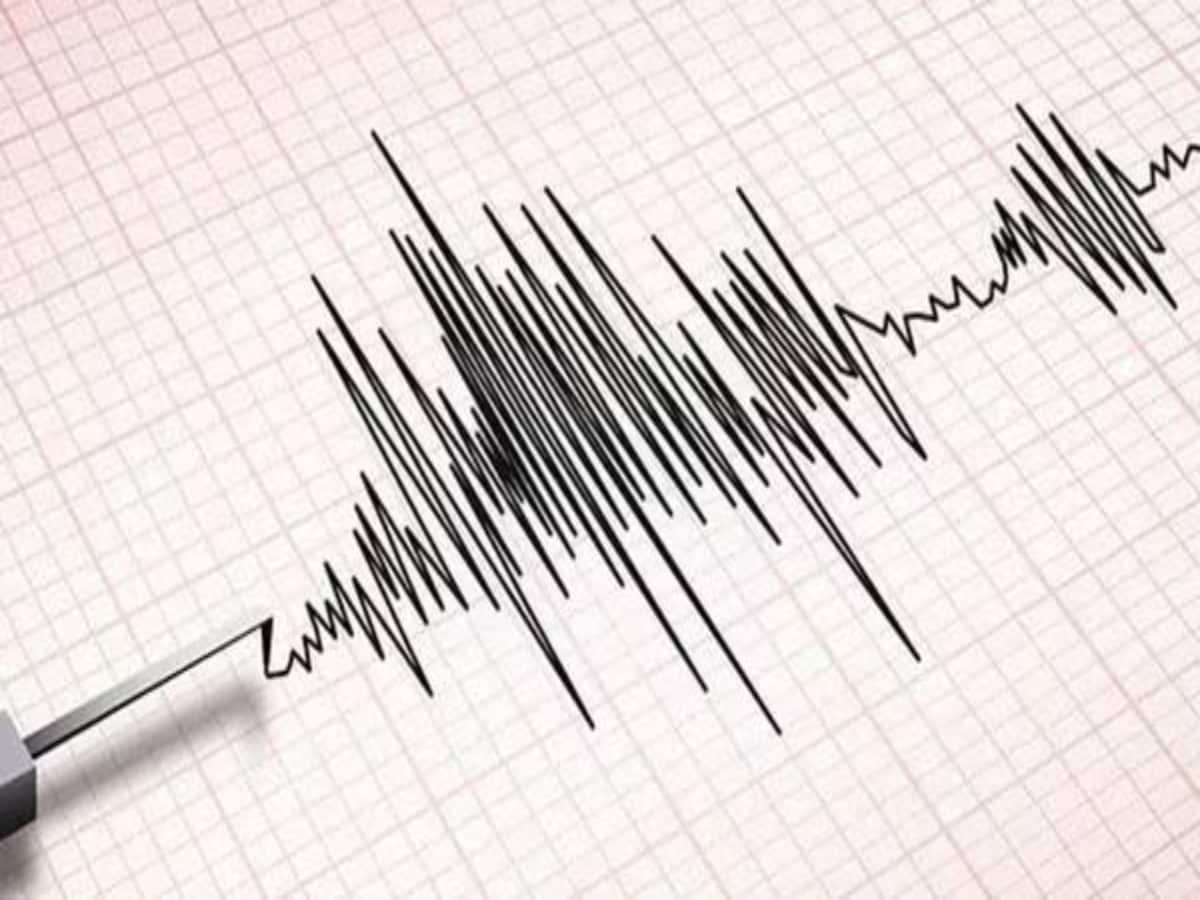 Image Source: Mint
Image Source: Mint
In a startling sequence of seismic events, Pakistan was struck by two earthquakes within a span of less than 24 hours, raising fresh concerns about the country’s vulnerability to tectonic activity. The first tremor, measuring 5.4 on the Richter scale, hit on Saturday, August 2, 2025, followed by a 4.8 magnitude quake in the early hours of Sunday, August 3.
Epicenter and Timing
According to the National Centre for Seismology (NCS), the second quake occurred at 00:40 IST on Sunday, with its epicenter located at latitude 33.36°N and longitude 73.23°E, near Islamabad. The depth was recorded at 10 kilometers, classifying it as a shallow earthquake — a type known for causing stronger ground shaking due to the proximity of seismic waves to the surface.
The earlier quake on Saturday impacted Khyber Pakhtunkhwa, Punjab, and Islamabad, sending residents into a panic and prompting emergency responses across the affected regions.
Why Pakistan Is So Seismically Active
Pakistan’s geographic location places it at the intersection of several major tectonic plates, making it one of the most earthquake-prone countries in the world. The southern edge of the Eurasian plate intersects with the northwestern edge of the Indian plate, creating a volatile collision zone.
Key regions such as:
-
Balochistan lie near the boundary between the Arabian and Eurasian plates
-
Khyber Pakhtunkhwa and Gilgit-Baltistan are close to the Main Central Thrust fault line
-
Punjab and Sindh, though less active, are still susceptible due to their plate-edge locations
This tectonic configuration results in frequent seismic activity, often with destructive consequences. Historical records include the 1945 Balochistan earthquake, which registered a massive 8.1 magnitude, the strongest in Pakistan’s history.
Impact and Response
As of now, there have been no confirmed reports of casualties or significant damage from either quake. However, the psychological impact on residents has been profound, especially in urban centers like Islamabad, where tremors were strongly felt.
Emergency services were placed on alert, and local authorities have urged citizens to remain cautious and follow safety protocols. Seismologists continue to monitor the region for aftershocks, which are common following such seismic events.
Expert Insights
Seismologists emphasize that shallow earthquakes, like the ones experienced this weekend, pose a greater risk due to their intense ground shaking. Structures in densely populated areas are particularly vulnerable, especially if they are not built to withstand seismic stress.
Experts also warn that the clustered timing of these quakes could indicate a period of heightened tectonic activity, although it’s too early to predict whether more tremors will follow.
Looking Ahead
The twin earthquakes serve as a stark reminder of the importance of earthquake preparedness in Pakistan. Urban planning, infrastructure resilience, and public awareness campaigns are critical to mitigating the risks posed by future seismic events.
Authorities are expected to conduct structural assessments in high-risk zones and may issue updated guidelines for construction and emergency response.
Sources: Moneycontrol:, Livemint:
Advertisement
Advertisement



